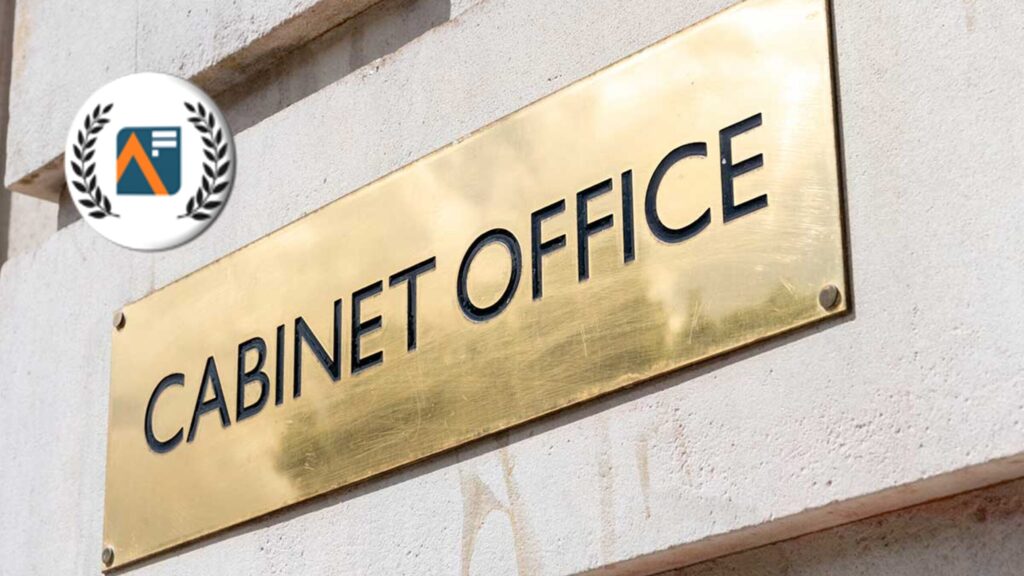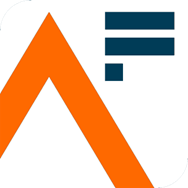Example of a winning AiG Award nomination

Nominations for the 6th AiG Awards have now closed. The shortlisted entries will be announced in early December.
This is an example of a winning nomination in the Collaboration Award category from the fourth Analysis in Government (AiG) Awards.
Nominee
Crisis Data Liaison Officer (DLO) Network (multiple teams across government brought together by this group)
Title of work
Crisis Data Liaison Officer (DLO) Network
Category
Collaboration
Summary (up to 150 words)
The Crisis Data Liaison Officer (DLO) Network is a cross-government group of 40 crisis, data and analysis specialists, volunteering their time in addition to demanding crisis response roles, to identify and improve approaches to sharing data and analysis for the most significant risks facing the UK. The network is the first of its kind in government, and is transforming the way that data is brought into the centre for crisis preparedness and response, sharing knowledge and best practice between previously disparate teams, and driving forward the professionalisation of crisis analysis.
Nomination (up to 1,000 words)
The Crisis Data Liaison Officer (DLO) Network is a cross-government (x-HMG) group of 40 crisis, data and analysis specialists, volunteering their time in addition to demanding crisis response roles, to identify and improve approaches to sharing data and analysis for the most significant risks facing the UK. The network is the first of its kind in government, and transforming the way that data is brought into the centre for crisis preparedness and response, sharing knowledge and best practice between previously disparate teams, and driving forward the professionalisation of crisis analysis. Members work across government and specialisms, developing a capability proven during crises such as:
- the evacuations of Sudan and Niger
- London Bridge
- industrial action
- wildfires on the Greek Islands
- the crisis in the Middle East
The significant contributions of this group have already been recognised by its champions, including the UK National Statistician, the Government Chief Scientific Advisor and the Deputy National Security Advisor for Intelligence and Security, as well as by the Directors of Cabinet Office Briefing Rooms (COBR) Unit, the Joint Data and Analysis Centre (JDAC) and the National Situation Centre (SitCen). However, the DLO Network is yet to receive formal recognition across government for its work. An Analysis in Government Award would be an excellent way to acknowledge the contributions of its members and shine a spotlight on this exceptional example of collaboration.
The DLO Network meets the award criteria in several ways.
Collaboration with stakeholders
The DLO Network originates in a collaboration between the SitCen and Office for National Statistics (ONS). Both teams realised that there was a need for collaborative space convening those working in crisis data, particularly for National Security Risk Assessment-level risks, with multi-sectoral impacts across civil contingencies and national security requiring inputs by teams dispersed across multiple departments and across policy, crisis and analytical specialisms. Initial scoping work showed that other partners had noticed a similar gap.
ONS colleagues contacted the National Statistician, who asked departmental Directors of Analysis to appoint a DLO representative. Since then, the network has gone from strength to strength, rapidly increasing the unique breadth of stakeholders represented across domestic and international policy, national security, operations, and analysis. It has membership across each government department and Devolved Administration (DAs), as well as relevant agencies, advisory offices, and Arms Length Bodies (ALBs), also reaching into academia, industry and intelligence through its membership. Its impacts in just two years are inspiring other sectors in government to explore a similar approach, and international partners are consistently impressed by the x-HMG data sharing which this group supports. Next steps for the network include increasing membership to 80, being trusted partners in the x-HMG rollout of the novel risk mapping tool Risk and Insight Navigator (RaIN), and bringing key international and industry partners to speak at group meetings.
Collaboration which improved data and methods
The network has had a substantial impact on data and methods for crises, both through shared projects and bilateral engagement facilitated through the network. One of the biggest projects has been its contribution to the SitCen Data Strategy, mapping data and analysis against all National Security Risk Assessment (NSRA) risks for use during crisis preparedness and response. The network played a key consultative and enabling role in this process, advising SitCen on the methodology, with each DLO leveraging their internal networks to identify key data, agree one version of the truth, and escalate persistent data gaps. With this support, SitCen now has around 600 mapped datasets, with rapid response plans expected for two thirds of NSRA risks by summer 2024.
By encouraging sharing best practice, experience and innovation, the network has linked up data practitioners on joint data projects, such as SitCen-Department for Transport (DfT) collaboration on mobility data and GCHQ’s advice to departments on the use of a data set as part of the innovative PHAROS project. It also supported the review of ONS’s published Principles for Crisis Data Sharing, and is now working to identify and address barriers to their implementation.
Collaboration which enhanced insight and understanding of the findings of analysis
The network has substantially enhanced the quality and availability of analytical insight and understanding for COBR, other Ministers, and officials during civil contingency and national security crises. There have been multiple occasions during COBRs where reference to timely analysis curated in partnership with DLOs has changed the direction of the discussion. The group’s activities have pushed forward resilience and preparedness, for example, connecting and utilising x-HMG data assets to address a challenging and persistent data gap on British Nationals abroad, which have progressively improved situational awareness for responses on important international issues.
It also promotes capability development during peacetime. For example, insights from the group are mapped into SitCen’s RaIN tool, allowing deeper analysis of the risk landscape, targeted data acquisition and providing a knowledge base from which to draw in future crises.
Ways of working which enabled effective collaboration
The group is the first crisis data network of its kind, and all the more notable for the scale of its impacts, the challenges faced by comparable governments, and the fact that its members are volunteers. The collaboration and improvements to data and insights outlined above are facilitated through quarterly meetings to share best practice and progress shared projects, with smaller sub-groups and bilateral discussing bespoke areas of more complex collaboration. For example, the DA DLO subgroup explores use cases, ways of working and gateways for data sharing between the four nations during crises.
The group has dramatically cut the time required to work cross-government to identify a timely single source of data in a crisis, and on many occasions makes insights available which otherwise would not have been possible. However, the group will soon extend its focus to another key enabler: welfare. While this is important for all staff, it is particularly vital for those working in high-pressure crisis scenarios, where support might not always be available through traditional analyst channels. We hope that once again this network might provide part of the solution.
Return to Writing a winning nomination.
Return to the AiG Awards Hub homepage.
